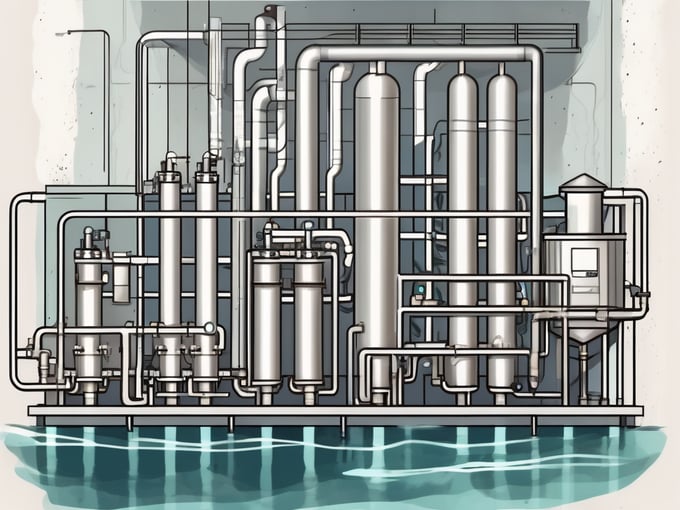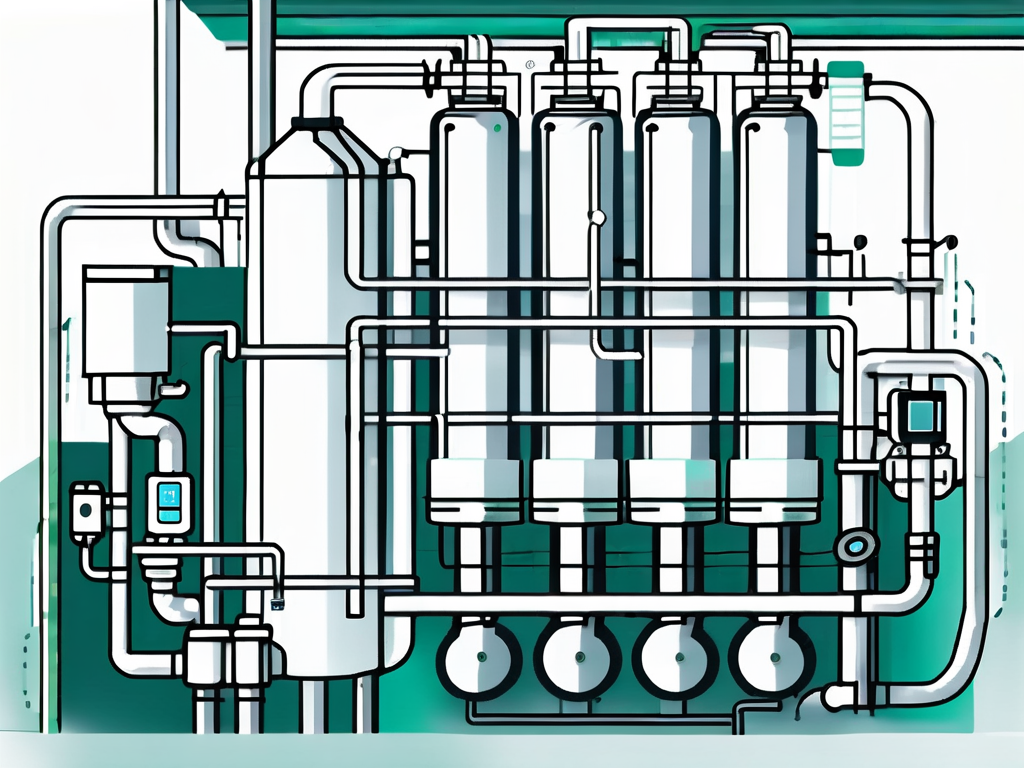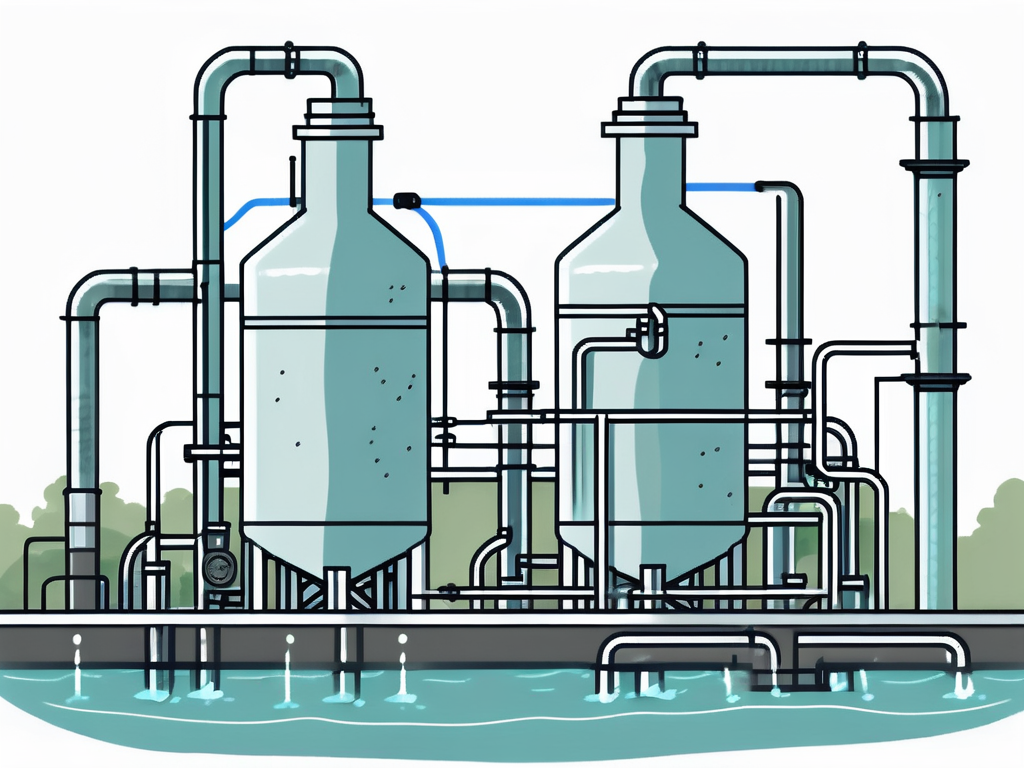
Influent Screen: Wastewater Treatment Explained
The influent screen is a crucial component in the wastewater treatment process. It serves as the first line of defense, filtering out large debris and solid materials from the wastewater before it undergoes further treatment. This process is essential to prevent damage to downstream equipment and to reduce the load on subsequent treatment processes.
Wastewater treatment is a complex process involving various stages, each designed to remove or neutralize harmful substances present in the water. The influent screen plays a pivotal role in this process, ensuring that large, potentially damaging particles are removed early on. This article will delve into the intricacies of the influent screen and its role in wastewater treatment.
Understanding the Influent Screen
The influent screen, also known as the bar screen, is typically the first piece of equipment that wastewater encounters in a treatment plant. It is designed to capture and remove large solid materials from the wastewater. These materials can include anything from leaves and trash to rags and plastic items.
The screen is usually made of a series of parallel bars or rods, spaced at intervals to allow water to pass through while trapping larger solids. The spacing between the bars can vary depending on the specific requirements of the treatment plant and the nature of the wastewater being treated.
Types of Influent Screens
There are several types of influent screens used in wastewater treatment, each with its own set of advantages and disadvantages. The most common types include manually cleaned screens, mechanically cleaned screens, and fine screens.
Manually cleaned screens are the simplest type of screen and are typically used in small treatment plants. They require regular manual cleaning to remove the trapped solids. Mechanically cleaned screens, on the other hand, use a mechanical device to automatically remove the solids, reducing the need for manual labor.
Function and Importance of Influent Screens
The primary function of the influent screen is to protect the downstream processes and equipment from damage caused by large solids. By removing these solids at the beginning of the treatment process, the screen helps to prevent clogs and breakdowns in the downstream equipment.
Furthermore, by reducing the amount of solid waste in the wastewater, the influent screen also helps to improve the efficiency of the subsequent treatment processes. This can result in significant cost savings for the treatment plant over time.
The Role of Influent Screens in Wastewater Treatment
The influent screen plays a critical role in the overall wastewater treatment process. It is the first step in the treatment chain, tasked with removing large solids and debris from the wastewater. This initial screening process is crucial for the proper functioning of the subsequent treatment stages.

By removing large solids and debris, the influent screen helps to prevent damage to downstream equipment, such as pumps and mixers. It also reduces the load on the subsequent treatment processes, such as sedimentation and biological treatment, thereby improving their efficiency.
Protection of Downstream Equipment
One of the primary roles of the influent screen is to protect the downstream equipment from damage caused by large solids. These solids can cause clogs and breakdowns in the equipment, leading to costly repairs and downtime.
By removing these solids at the beginning of the treatment process, the screen helps to ensure the smooth operation of the downstream equipment. This not only reduces maintenance costs but also helps to extend the lifespan of the equipment.
Improvement of Treatment Efficiency
Another important role of the influent screen is to improve the efficiency of the subsequent treatment processes. By reducing the amount of solid waste in the wastewater, the screen helps to reduce the load on these processes.
This can result in significant cost savings for the treatment plant, as it can reduce the amount of energy and chemicals needed for the treatment process. It can also improve the quality of the treated water, making it easier to meet regulatory standards.
Maintenance and Operation of Influent Screens
The operation and maintenance of influent screens are crucial for their effective functioning. Regular maintenance can help to prevent breakdowns and ensure that the screen is operating at its optimal efficiency.
The maintenance of influent screens typically involves regular cleaning to remove the trapped solids. This can be done manually or mechanically, depending on the type of screen. Regular inspections are also necessary to check for wear and tear and to ensure that the screen is functioning properly.
Regular Cleaning
Regular cleaning is one of the most important aspects of influent screen maintenance. Over time, the screen can become clogged with solids, reducing its effectiveness and potentially leading to breakdowns.
The cleaning process typically involves removing the trapped solids from the screen. This can be done manually, using tools such as rakes or brushes, or mechanically, using a mechanical cleaning device. The frequency of cleaning will depend on the amount of solids in the wastewater and the type of screen used.
Regular Inspections
Regular inspections are also a crucial part of influent screen maintenance. These inspections are designed to check for any signs of wear and tear, such as cracks or corrosion, and to ensure that the screen is functioning properly.
During an inspection, the screen should be checked for any damage or wear, and any necessary repairs should be carried out as soon as possible. The screen should also be checked for any signs of clogging, and any trapped solids should be removed.
Conclusion
The influent screen is a vital component in the wastewater treatment process. It serves as the first line of defense, removing large solids and debris from the wastewater to protect downstream equipment and improve the efficiency of the subsequent treatment processes.

Regular maintenance and operation of the influent screen are crucial for its effective functioning. By ensuring that the screen is properly maintained and operated, wastewater treatment plants can improve their efficiency, reduce costs, and ensure the quality of the treated water.



